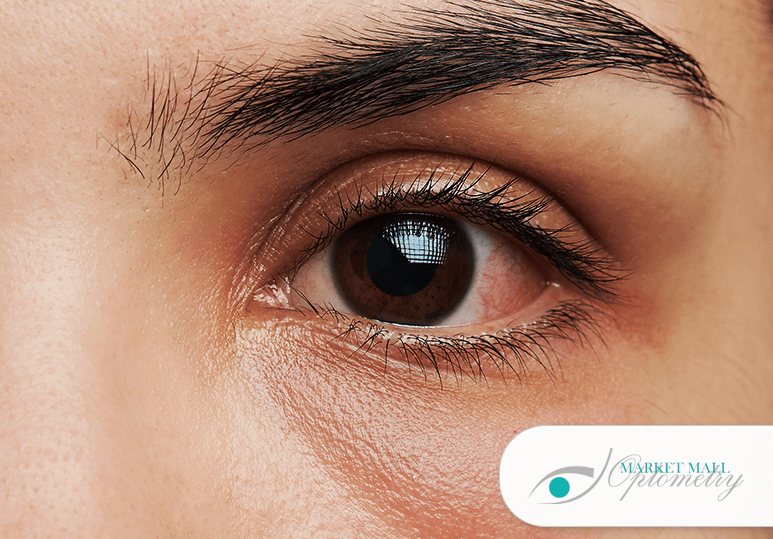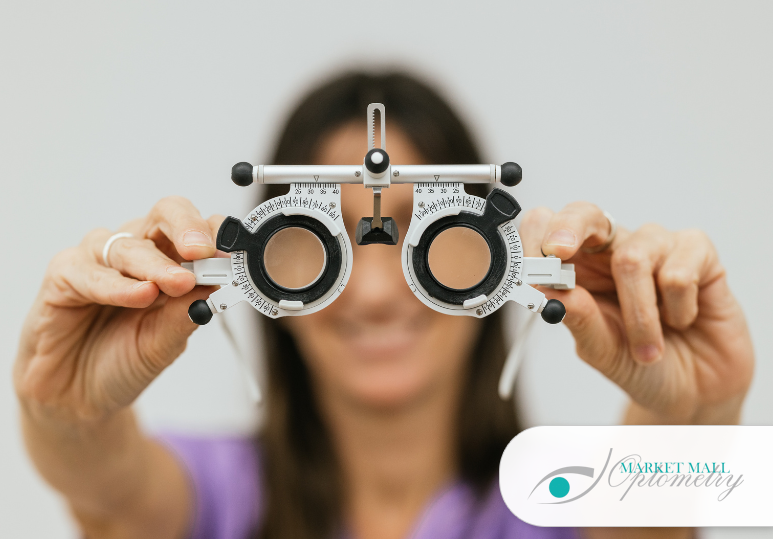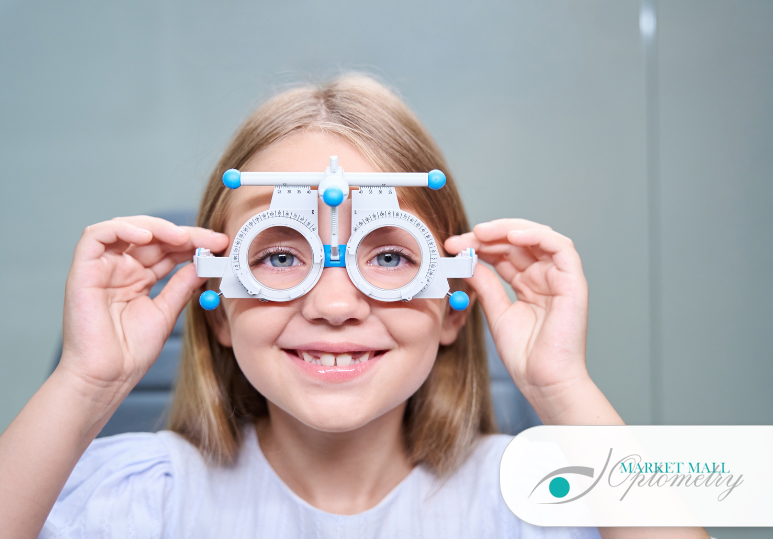Common Cornea Problems
A number of conditions can affect the cornea. Among the most common corneal problems include:
Keratitis
Keratitis is the inflammation of the cornea that occurs due to a virus, fungus, or bacteria entering the cornea. It most commonly occurs after an injury to the cornea, allowing the virus or bacteria to easily enter causing infection and inflammation. Though uncommon, this infection can arise from an injury caused by contact lenses. Treatment includes antibiotic or antifungal eye drops.
Dry Eyes
Although dry eyes are typically caused by a problem with the tear glands and eyelids, the condition, if severe enough, can cause damage to the corneal epithelium (outermost layer of the cornea responsible for protecting it against dirt and bacteria). As a result, this will cause eye discomfort and visual disturbances.
Corneal Dystrophy
There are many different kinds of corneal dystrophy diseases that can occur due to genetics. This group of diseases (more than 20) cause cloudy vision, corneal swelling, and light sensitivity. The most common diseases include:
Fuch’s Dystrophy: Gradual deterioration of the corneal endothelium (innermost layer of the cornea) causing corneal swelling and blurred vision.
Keratoconus: A progressive disease that causes the cornea to thin and change shape resulting in irregular astigmatism or nearsightedness. Severe conditions can also lead to the scarring of the cornea causing irreversible vision loss.
Map-Dot Fingerprint Dystrophy: This corneal condition causes abnormal folds of the epithelium, the outermost layer of the cornea. The effects of these changes cause patterns on the cornea that resemble dots and small fingerprints that can lead to corneal abrasions. These abrasions can expose the nerves that line the cornea resulting in severe pain. The cornea’s curvature may also be altered causing astigmatism and nearsightedness.
Visit Market Mall Optometry For A Comprehensive Eye Exam
Your cornea plays a critical role when it comes to the quality of your vision. It is what allows light to pass through the eye and also allows you to focus on objects in front of you. Corneal diseases are serious conditions that can cause clouding, distortion, scarring, and blindness. It is important that you visit your optometrist for regular comprehensive exams so they can detect early signs of the disease and begin treatment right away before your vision is affected.
The tricky part about most eye diseases is that they often arise with no signs or symptoms until your vision becomes affected. This is why visiting your eye doctor is so important as they can detect these changes in their early stages and provide treatment right away. Our team of experienced eye doctors at Market Mall Optometry in Calgary understands just how important regular eye exams are for your overall health. To book a comprehensive eye exam for you or your child, contact Market Mall Optometry by calling 403-286-4884 or filling out our online contact form.
FAQs
Q: How often should I visit my optometrist for a comprehensive eye exam?
A: Adults between the ages of 18-64 are recommended to visit their eye doctor once every two years whereas adults 65+ should see their eye doctor annually.
Q: How long does a comprehensive eye exam take?
A: This will depend on the vision tests your doctor performs as well as your vision needs. Typically, a comprehensive eye exam should not take more than one hour.
Q: Are comprehensive eye exams uncomfortable?
A: Comprehensive eye exams are non-invasive, therefore, you should not feel any pain or discomfort during the exam.





